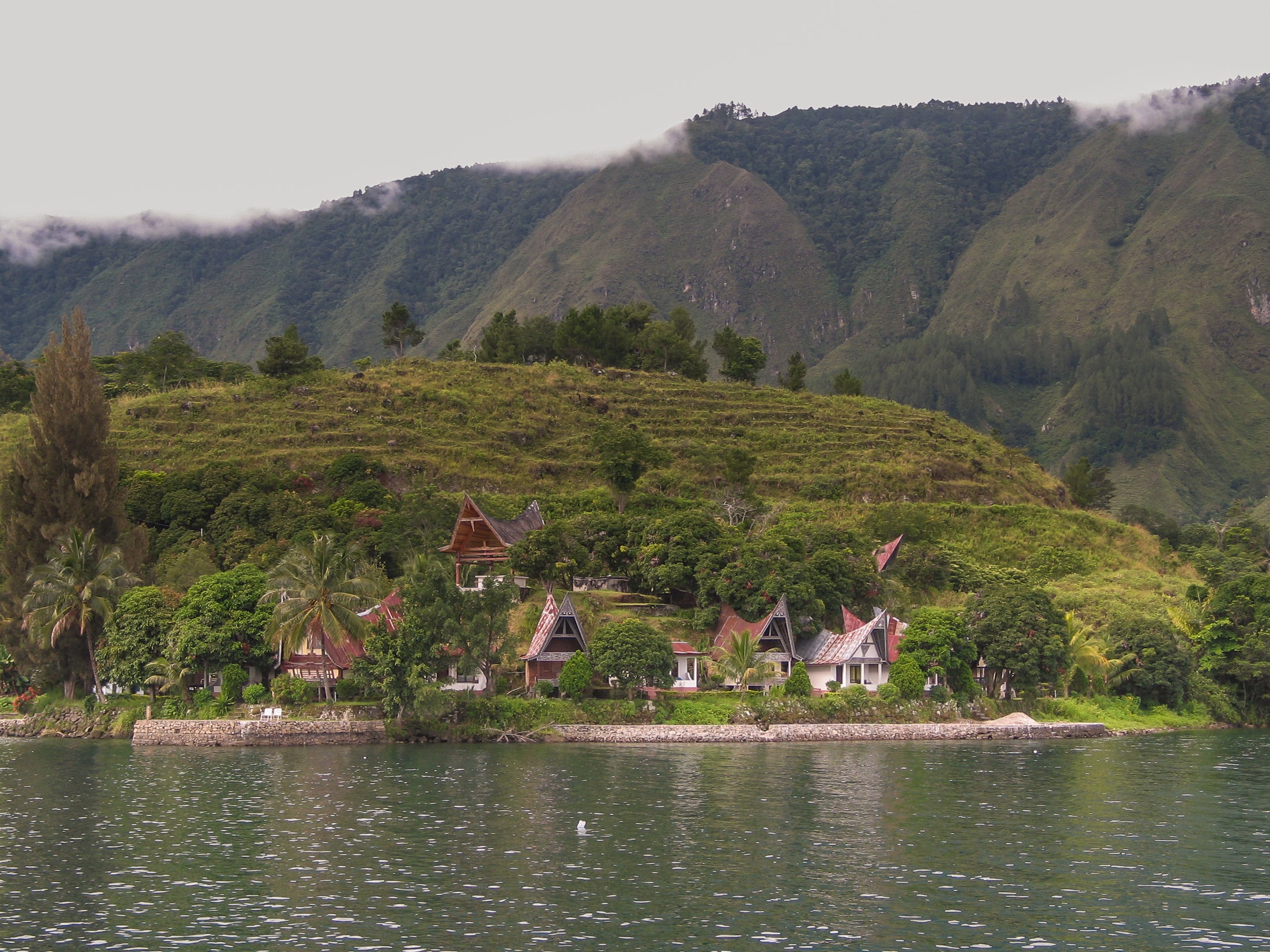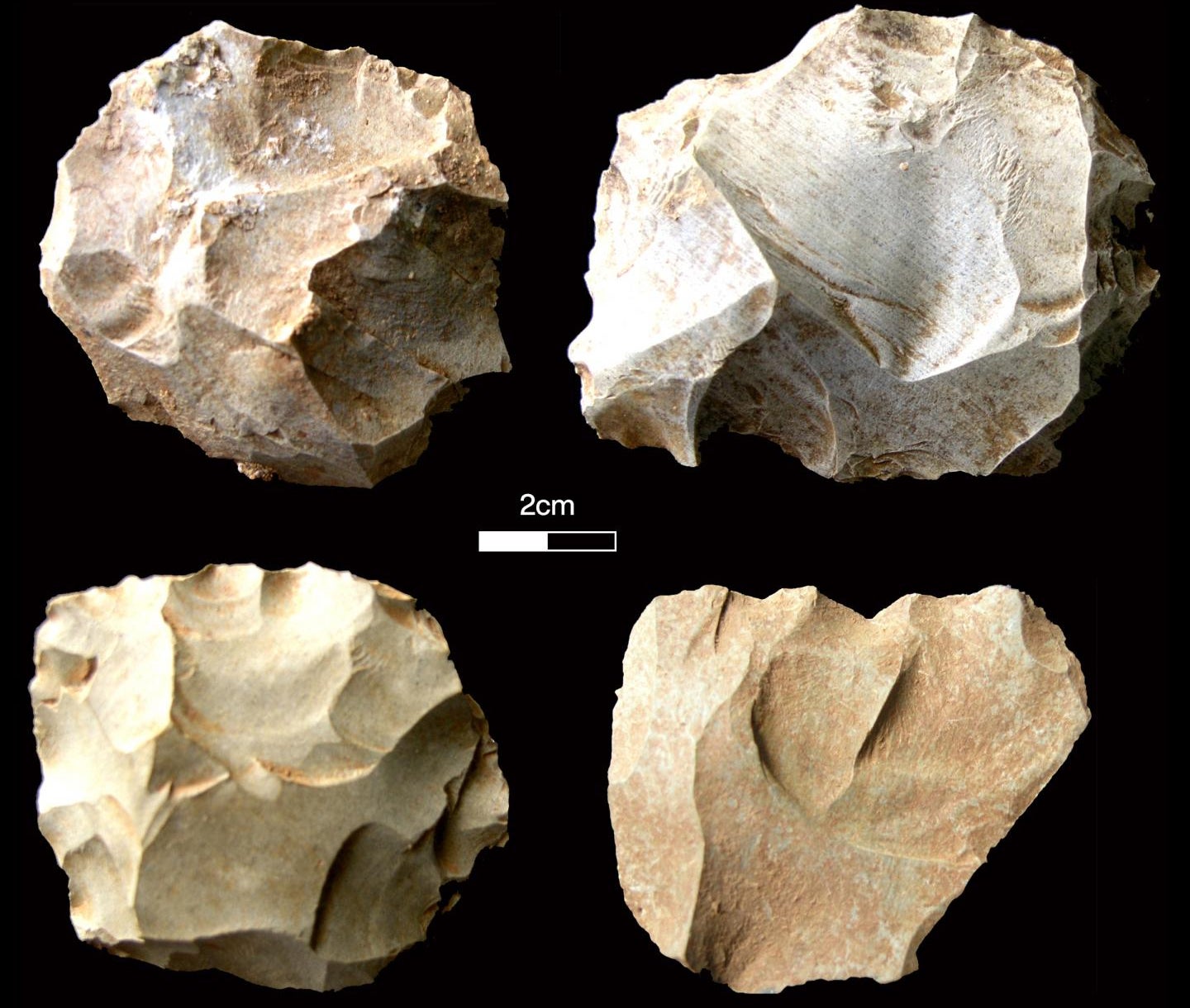More humans than thought survived volcanic super-eruption 74,000 years ago, scientists find
Study also suggest humans migrated out of Africa earlier than predicted

Your support helps us to tell the story
From reproductive rights to climate change to Big Tech, The Independent is on the ground when the story is developing. Whether it's investigating the financials of Elon Musk's pro-Trump PAC or producing our latest documentary, 'The A Word', which shines a light on the American women fighting for reproductive rights, we know how important it is to parse out the facts from the messaging.
At such a critical moment in US history, we need reporters on the ground. Your donation allows us to keep sending journalists to speak to both sides of the story.
The Independent is trusted by Americans across the entire political spectrum. And unlike many other quality news outlets, we choose not to lock Americans out of our reporting and analysis with paywalls. We believe quality journalism should be available to everyone, paid for by those who can afford it.
Your support makes all the difference.More people survived one of the world’s largest volcanic eruptions than previously thought, new research suggests.
The super-eruption 74,000 years ago on the island of Sumatra, Indonesia, was 5,000 times bigger than the Mount St Helens eruption in 1980 that killed 57 people and was the most destructive in US history.
There had been a theory that the eruption of Toba in Indonesia was followed by a “volcanic winter” of up to 10 years, leading to a 1,000-year cooling of the Earth, with the near-extinction of our own species.
But archaeologists have found man-made tools dating from before and after the super-eruption, suggesting it was not as apocalyptic as first believed.

Toba’s eruption was believed to have decimated Asian populations of mammals and hominins – members of the human family tree more closely related to one another than to apes. Of those, only Homo sapiens, to which everyone on Earth belongs, remains today.
The few surviving Homo sapiens in Africa had been thought to have survived by developing sophisticated social, symbolic and economic strategies that enabled them to eventually re-expand and populate Asia 60,000 years ago.
The new study, published in Nature Communications, also suggests Homo sapiens were present in Asia earlier than expected.
Scientists looked at records of rocks up to 80,000 years old at Dhaba in the Son Valley in northern India.
Stone tools uncovered in the rocks indicate that Middle Palaeolithic tool-using populations were there before and after 74,000 years ago.
The researchers say their findings also support fossil evidence that humans migrated out of Africa and expanded across Eurasia before 60,000 years ago.
And the evidence supports genetic findings that humans interbred with archaic species of hominins, such as Neanderthals.
Lead author Chris Clarkson, of the University of Queensland, said: “Populations at Dhaba were using stone tools that were similar to the toolkits being used by Homo sapiens in Africa at the same time.
“The fact that these toolkits did not disappear at the time of the Toba super-eruption or change dramatically soon after indicates that human populations survived the so-called catastrophe and continued to create tools to modify their environments.”
Jagannath Pal, principal investigator from the University of Allahabad in India, said: “Although Toba ash was first identified in the Son Valley back in the 1980s, until now we did not have associated archaeological evidence, so the Dhaba site fills in a major chronological gap.”
Additional reporting by PA
Join our commenting forum
Join thought-provoking conversations, follow other Independent readers and see their replies
Comments